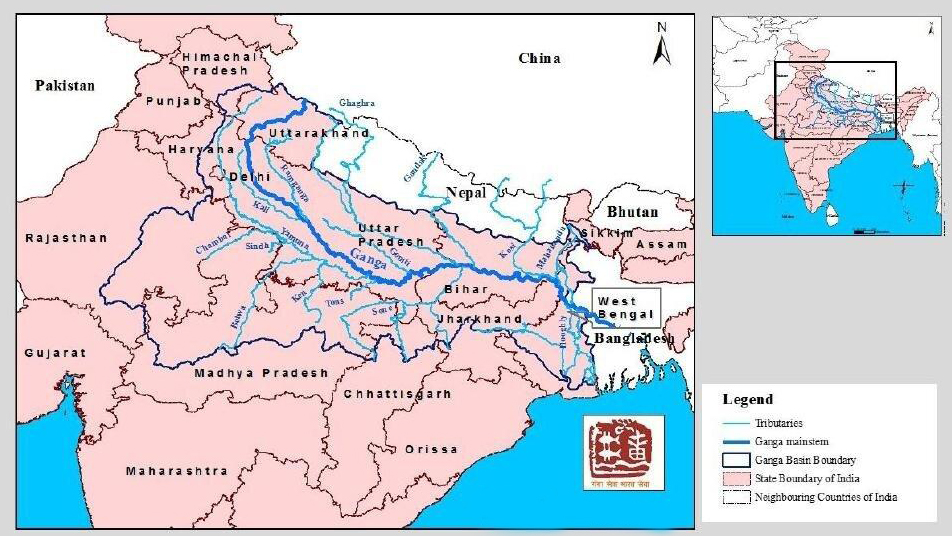Haryana Switch to Hindi
Haryana State Pollution Control Board
Why in News?
Recently, the Chief Secretary of Haryana directed the State Pollution Control Board (HSPCB) to enhance pollution reporting and interdepartmental coordination.
Key Points
- Monthly Pollution Reports: The regional officers of Haryana State Pollution Control Board (HSPCB) have been directed to compile monthly environmental reports for their respective areas.
- Board's Expanded Role: The HSPCB, originally established to address water pollution, has expanded its scope to tackle a wider range of environmental issues since its inception in 1974.
- Biomedical Waste Management: The Additional Chief Secretary of Health suggested delegating biomedical waste collection and disposal to multiple agencies, proposing a reduction in their operational area from 75 km for efficiency.
- Air Quality Monitoring: To combat winter air pollution, particularly in NCR, Haryana has:
- Installed 29 Continuous Ambient Air Quality Monitoring Stations (CAAQMS) (21 in NCR).
- Established 46 manual stations across the state for comprehensive air quality monitoring.
Haryana State Pollution Control Board
- It was formed as a statutory organisation by Government of Haryana in the year 1974 to preserve the wholesomeness of water and prevent water pollution after Government of India legislation of Water (Prevention and Control of Pollution) Act, 1974.
Central Pollution Control Board (CPCB)
- CPCB is a statutory organisation which was constituted in September, 1974 under the Water (Prevention and Control of Pollution) Act, 1974.
- It was entrusted with the powers and functions under the Air (Prevention and Control of Pollution) Act, 1981.
- It serves as a field formation and also provides technical services to the Ministry of Environment Forests and Climate Change of the provisions of the Environment (Protection) Act, 1986.


Jammu & Kashmir Switch to Hindi
Restoration of Statehood
Why in News?
Recently, the Prime Minister addressed a rally in Srinagar, highlighting the restoration of Jammu and Kashmir's statehood and democratic progress in the region.
Key Points
- Article 3 of the Constitution: Formation of New States
- Parliament holds the power to enact legislation for the formation of new States.
- New States can be created by:
- Separating territory from an existing State.
- Uniting two or more States.
- Uniting parts of different States.
- Uniting any territory to a part of any State.
- Parliament also has the authority to:
- Increase or diminish the area of any State.
- Alter the boundaries or name of any State.
- Here, the word State includes a Union Territory also.
- Checks on Parliament’s Power:
- A bill for the formation of new States can only be introduced in either House of Parliament upon the recommendation of the President.
- If the bill affects the areas, boundaries, or name of a State, the President must refer the bill to the concerned State Legislature for its views.
- The views of the State Legislature must be communicated to Parliament, but Parliament is not bound by them.
- State Legislature’s Role:
- The State Legislature's only role is to express its views when requested by the President.
- Parliament is not obligated to adhere to the views of the State Legislature when forming new States.
- Laws enacted under Article 3 are not considered amendments to the Constitution, even if they modify provisions of the First Schedule (list of States and Union Territories) or the Fourth Schedule (allocation of seats in the Rajya Sabha).
- This means such laws can be passed by a simple majority in Parliament, not requiring the special procedure for constitutional amendments.
Status of Jammu and Kashmir
- On 5th of August 2019, the President of India promulgated the Constitution (Application to Jammu and Kashmir) Order, 2019.
- The order effectively revoked the special status accorded to Jammu and Kashmir under the provision of Article 370.
- It superseded the Constitution (Application to Jammu and Kashmir) Order, 1954 under which Article 35A was added to the constitution of India.
- Article 35A stems from Article 370 and empowers the Jammu & Kashmir legislature to define the permanent residents of the state, and their special rights and privileges.
- The Jammu and Kashmir Reorganization Act 2019 which became effective on 31st October 2019 provided for the bifurcation of the State into two separate union territories of Jammu and Kashmir (with legislature), and Ladakh (without legislature).


Uttar Pradesh Switch to Hindi
Flooding in Saryu River
Why in News?
Recently, flooding in the Saryu River caused severe disruptions in Uttar Pradesh's Ballia district, affecting transportation and local communities.
Key Points
- Saryu River:
- The Saryu is a river that flows through Uttarakhand and Uttar Pradesh.
- This river is of ancient significance as it is mentioned in the Vedas and the Ramayana.
- The river is formed at the confluence of rivers Karnali and Mahakali. It is a tributary of River Ganges.
- Ballia District:
- Ballia is located in the extreme north-eastern part of Uttar Pradesh, bordered by Mau, Deoria, Bihar, and Ghazipur, and lies at the confluence of the Ganges and Ghagra rivers.
- The city is 135 kilometers away from Varanasi, with the Ganges separating Ballia from Bihar, and the Ghagra separating it from Deoria.
- One belief is that the city is named after the sage Valmiki, who is thought to have resided there, though his shrine no longer exists.
- Another belief links the name to the local soil, "Ballua" (sandy soil), with the city's original name being "Balian," later transformed into "Ballia.


Madhya Pradesh Switch to Hindi
Indore - Ujjain Highway
Why in News?
Recently, the President of India inaugurated a key infrastructure project, Indore -Ujjain highway in Madhya Pradesh, focusing on transportation and infrastructure.
Key Points
- Indore-Ujjain Highway Foundation:
- The President laid the foundation stone for the six-lane highway between Indore and Ujjain, estimated to cost Rs. 1,692 crore.
- The highway, approved in February 2024, aims to reduce the travel time between the two cities from 60 minutes to 35-40 minutes.
- This project is set to be completed in 2.5 years, targeting the decongestion of traffic ahead of the 2028 Simhastha Kumbh.
- Simhastha Kumbh:
- The Simhastha Kumbh Mela is a Hindu religious festival held every 12 years in Ujjain, Madhya Pradesh, India.
- The festival is named after the Simha constellation of the zodiac, as it is celebrated when Jupiter enters Leo.
- The Simhastha Kumbh Mela is a Hindu religious festival held every 12 years in Ujjain, Madhya Pradesh, India.
Maha Kumbh
- Kumbh Mela comes under United Nations Educational, Scientific and Cultural Organization (UNESCO)’s Representative List of Intangible Cultural Heritage of Humanity.
- It is the largest peaceful congregation of pilgrims on earth, during which participants bathe or take a dip in a sacred river.
- It takes place on the banks of the Godavari river in Nashik, the Shipra river in Ujjain, the Ganges in Haridwar, and the confluence of the Ganges, Yamuna, and the mythical Saraswati river in Prayagraj. The confluence is referred to as the ‘Sangam‘.
- As it is held in four different cities in India, it involves different social and cultural activities, making this a culturally diverse festival.
- The over month-long fair is marked by the construction of a massive tented township, complete with cottages, huts, platforms, civic facilities, administrative and security measures.
- It is organized immaculately by the government, the local authorities and the police.
- The mela is especially renowned for the presence of an extraordinary array of religious ascetics enticed from remote hideaways in forests, mountains and caves.




.png)


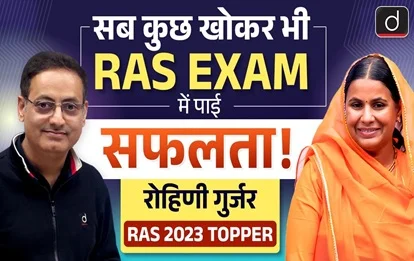

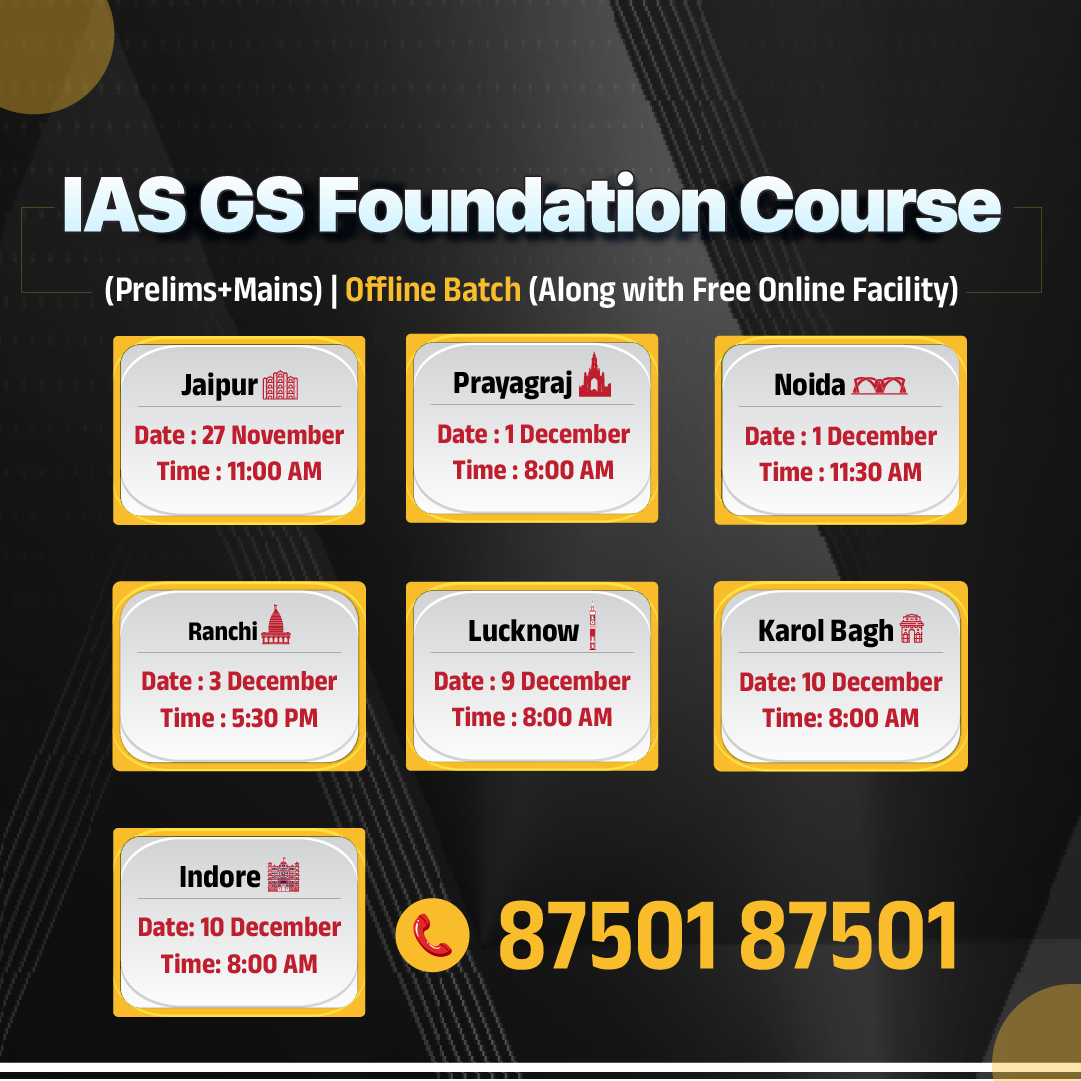
.jpg)
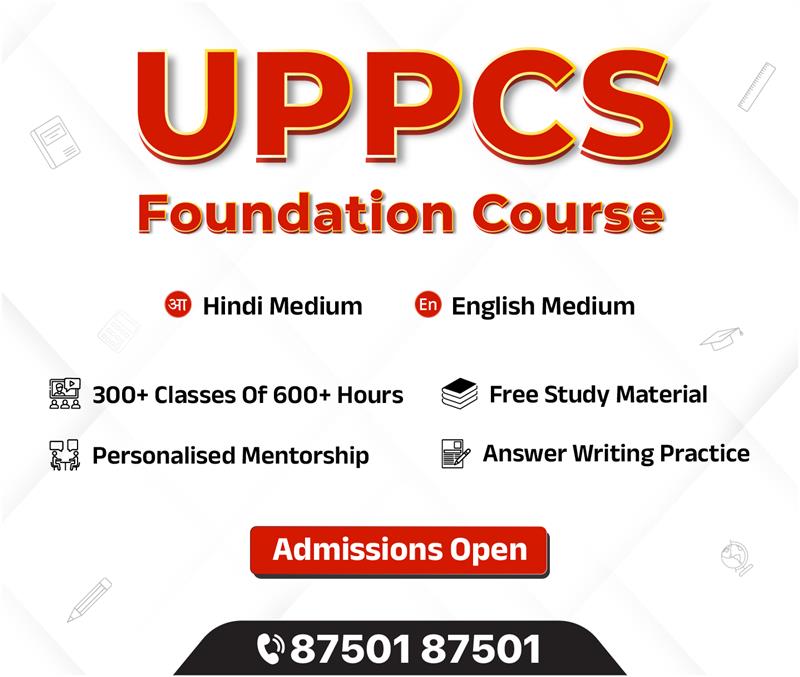

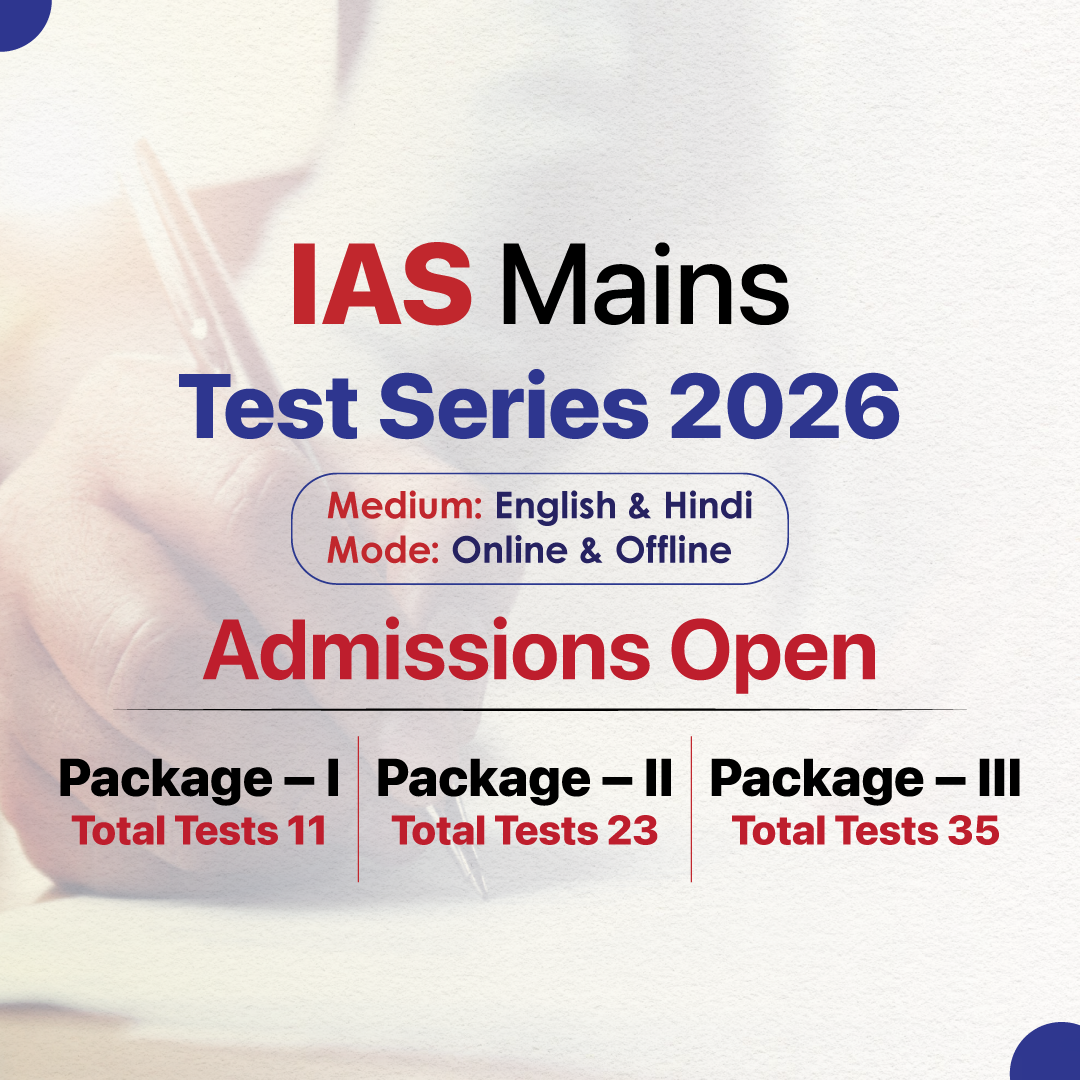

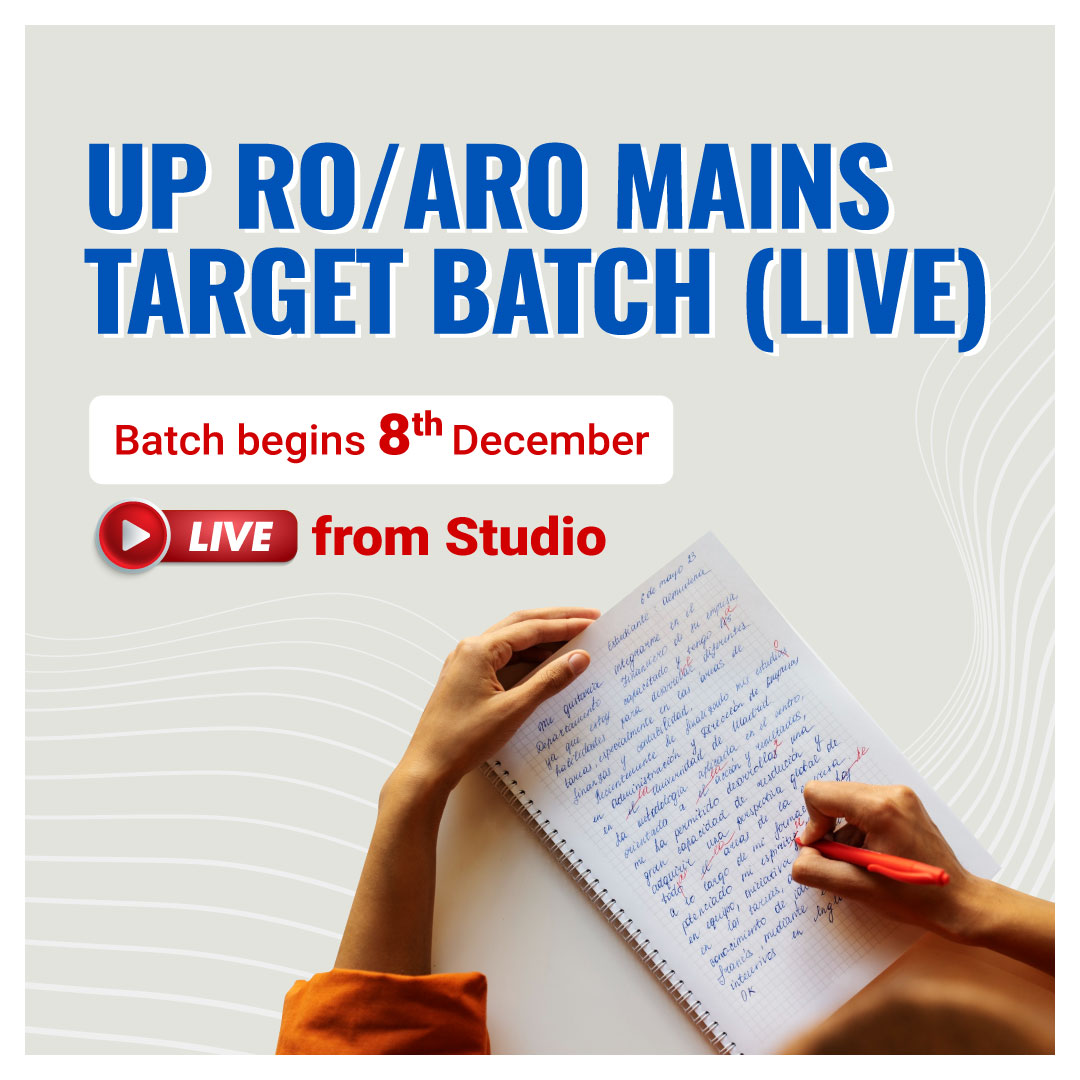

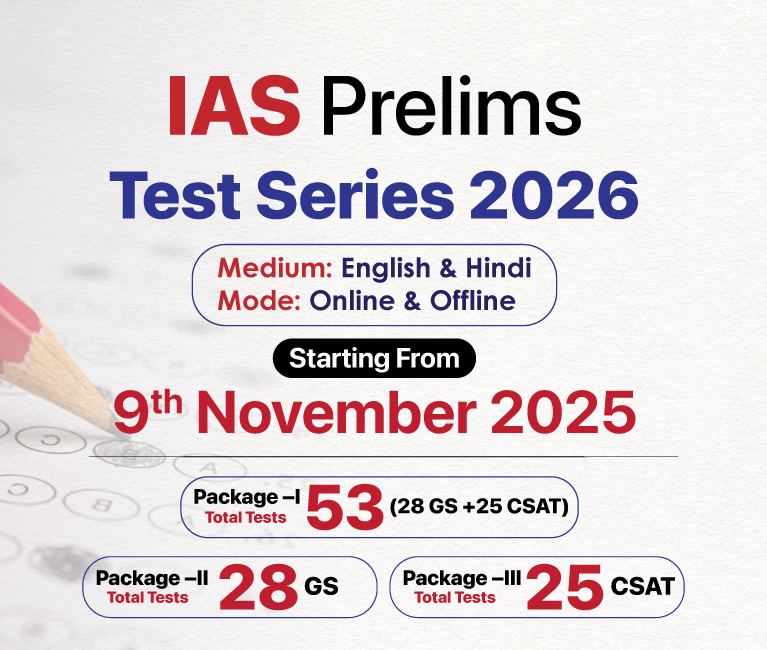


.png)
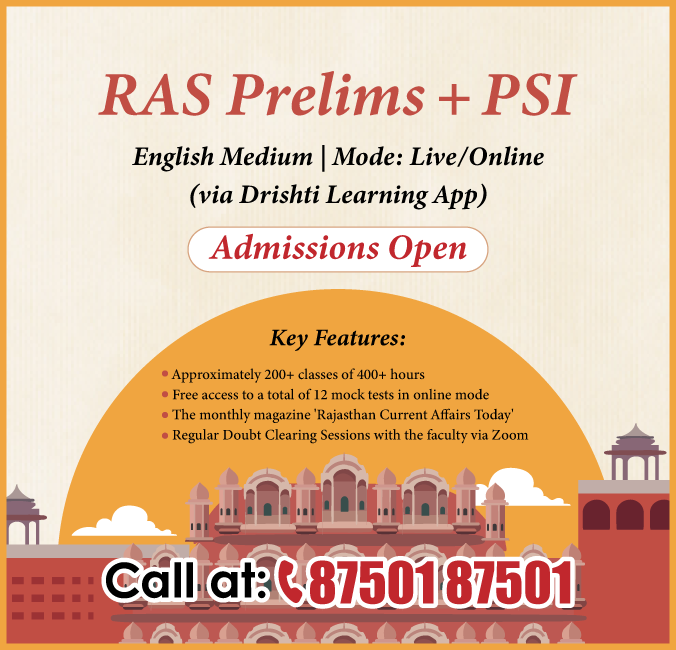

.jpg)



 PCS Parikshan
PCS Parikshan